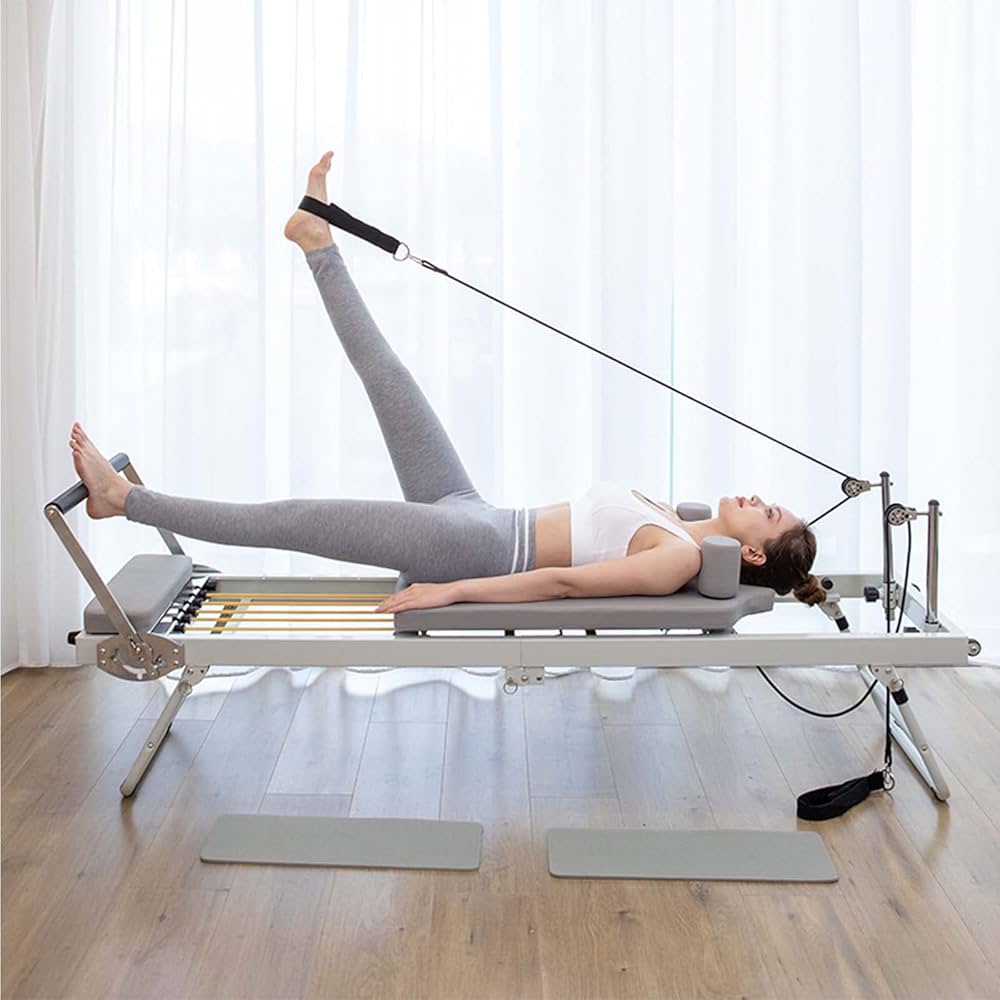Introduction: Fitness Culture in Australia is Changing
From the surf-filled beaches of Bondi to the bustling fitness studios of Melbourne, Australia has long celebrated an active lifestyle. Gyms, bootcamps, and outdoor group training have been cornerstones of the nation’s health culture for decades. But in recent years, something has shifted. As daily life becomes busier and technology continues to shape our routines, more Aussies are turning to online fitness programs as a practical, flexible solution to staying active.
A Look Back: Traditional Fitness in Australia
Before digital platforms took off, Australians embraced fitness in more traditional ways. Gym memberships, community sports, and outdoor training were the norm. From F45’s explosive popularity to early morning bootcamps in suburban parks, exercise was about showing up in person, sweating with others, and enjoying face-to-face motivation. While this culture is still strong today, it also came with limitations—travel time, fixed schedules, and higher costs.
The Shift to Digital Fitness
The rise of online fitness programs in Australia can be traced to several key factors:
See more: How a Reformer Bed Enhances Your Pilates Routine
- Technology: The availability of streaming platforms, fitness apps, and wearable tech made at-home workouts easier than ever.
- Busy Lifestyles: With long commutes, demanding jobs, and family responsibilities, many Aussies found it difficult to fit gym sessions into their schedules.
- COVID-19: The pandemic forced gyms to close, creating a surge in demand for online workouts, from Zoom yoga classes to app-guided HIIT sessions.
- Affordability and Convenience: Online programs often cost a fraction of a gym membership and can be done anytime, anywhere.
Benefits of Online Fitness Programs
So why are online fitness programs becoming the go-to choice for busy Australians?
- Flexibility – Whether you’re a parent squeezing in a workout during nap time or a professional exercising after work, online fitness adapts to your schedule.
- Accessibility for Rural Areas – Australians living outside major cities can now access high-quality trainers and programs without needing to travel.
- Variety of Workouts – From Pilates and strength training to boxing and dance, online platforms provide endless options to keep workouts fresh and engaging.
- Cost-Effectiveness – Many programs are affordable, with some offering free trials or subscription models cheaper than gym fees.
- Personalisation – AI-driven apps and tailored plans give users customised routines, meal suggestions, and progress tracking.
Challenges and Concerns
Of course, online fitness programs aren’t without challenges:

- Lack of In-Person Motivation – Some people thrive on group energy and struggle to stay motivated alone.
- Screen Fatigue – Spending more time on devices can make workouts feel less engaging.
- Accountability Issues – Without a trainer watching in person, it’s easier to skip workouts.
- Quality of Programs – With so many apps and platforms available, not all provide safe or effective guidance.
Success Stories: Aussies Embracing Digital Fitness
Despite challenges, many Australians have embraced online fitness communities with enthusiasm. Social media groups, virtual challenges, and fitness apps like Keep It Cleaner, Centr, and Sweat have created strong communities where people share progress, swap tips, and cheer each other on. Stories of busy professionals, parents, and even retirees finding new ways to stay active at home highlight how digital fitness has become a powerful movement in Australia.
The Future of Online Fitness in Australia
Looking ahead, online fitness programs are set to evolve even further. AI-powered trainers that give real-time feedback, VR workouts that immerse you in new environments, and greater inclusivity for people of all fitness levels and abilities are on the horizon. Rather than replacing gyms, these innovations will likely complement them, creating a hybrid model where Aussies can choose between in-person and digital training depending on their needs.
Conclusion: Complementing, Not Replacing Traditional Fitness
Online fitness programs have redefined what it means to live an active lifestyle in Australia. They offer flexibility, variety, and accessibility, making it easier for busy people to prioritise health and wellness. While challenges exist, the future is bright—and it’s clear that online fitness is not a replacement but a complement to gyms and outdoor training. Together, they are reshaping how Australians view fitness: not as a chore, but as a lifestyle that adapts to modern life.


